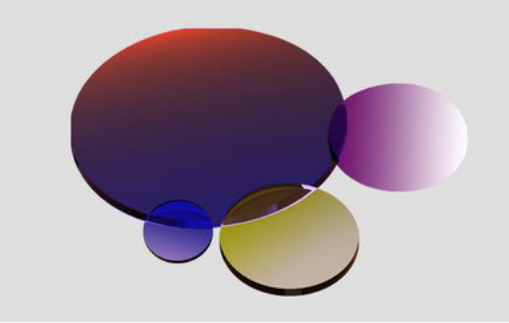In photography and optics, a neutral density filter or ND filter is a filter that reduces or modifies the intensity of all wavelengths or colors of light equally without changing the hue of the color reproduction. The purpose of standard photography neutral density filters is to reduce the amount of light entering the lens. Doing so allows the photographer to choose a combination of aperture, exposure time, and sensor sensitivity that would otherwise produce an overexposed photo. This is done to achieve effects such as shallow depth of field or motion blur of objects in a wider range of situations and atmospheric conditions.
For example, one might want to shoot a waterfall at a slow shutter speed to create an intentional motion blur effect. A photographer may determine that a shutter speed of ten seconds is required to achieve the desired effect. On a very bright day, there can be too much light, and even at the lowest film speed and smallest aperture, a shutter speed of 10 seconds will let in too much light and the photo will be overexposed. In this case, applying an appropriate neutral density filter is equivalent to stopping down one or more additional stops, allowing for slower shutter speeds and the desired motion blur effect.
A graduated neutral-density filter, also known as a graduated ND filter, split neutral-density filter, or just a graduated filter, is an optical filter that has a variable light transmission. This is useful when one region of the image is bright and the rest is not, as in a picture of a sunset.The structure of this filter is that the lower half of the lens is transparent, and gradually transitions upwards to other tones, such as gradient gray, gradient blue, gradient red, etc. It can be divided into the gradient color filter and the gradient diffuse filter. From the perspective of gradient form, it can be divided into soft gradient and hard gradient. “Soft” means that the transition range is large, and vice versa. . The gradient filter are often used in landscape photography. Its purpose is to deliberately make the upper part of the photo achieve a certain expected color tone in addition to ensuring the normal color tone of the lower part of the photo.
The gray graduated neutral-density filters, also known as GND filters, which are half light-transmitting and half light-blocking, blocking part of the light entering the lens, are widely used. It is mainly used to obtain the correct exposure combination allowed by the camera in shallow depth of field photography, low-speed photography, and strong light conditions. It is also often used to balance the tone. A GND filter is used to balance the contrast between the upper and lower or left and right parts of the screen. It is often used to reduce the brightness of the sky and reduce the contrast between the sky and the ground. In addition to ensuring the normal exposure of the lower part, it can effectively suppress the brightness of the upper sky, making the transition between light and dark soft, and can effectively highlight the texture of clouds. There are different types of GND filters, and the grayscale is also different. It gradually transitions from dark gray to colorless. Usually, it is decided to use it after measuring the contrast of the screen. Expose according to the metered value of the colorless part, and make some corrections if necessary.
Post time: Feb-07-2023




